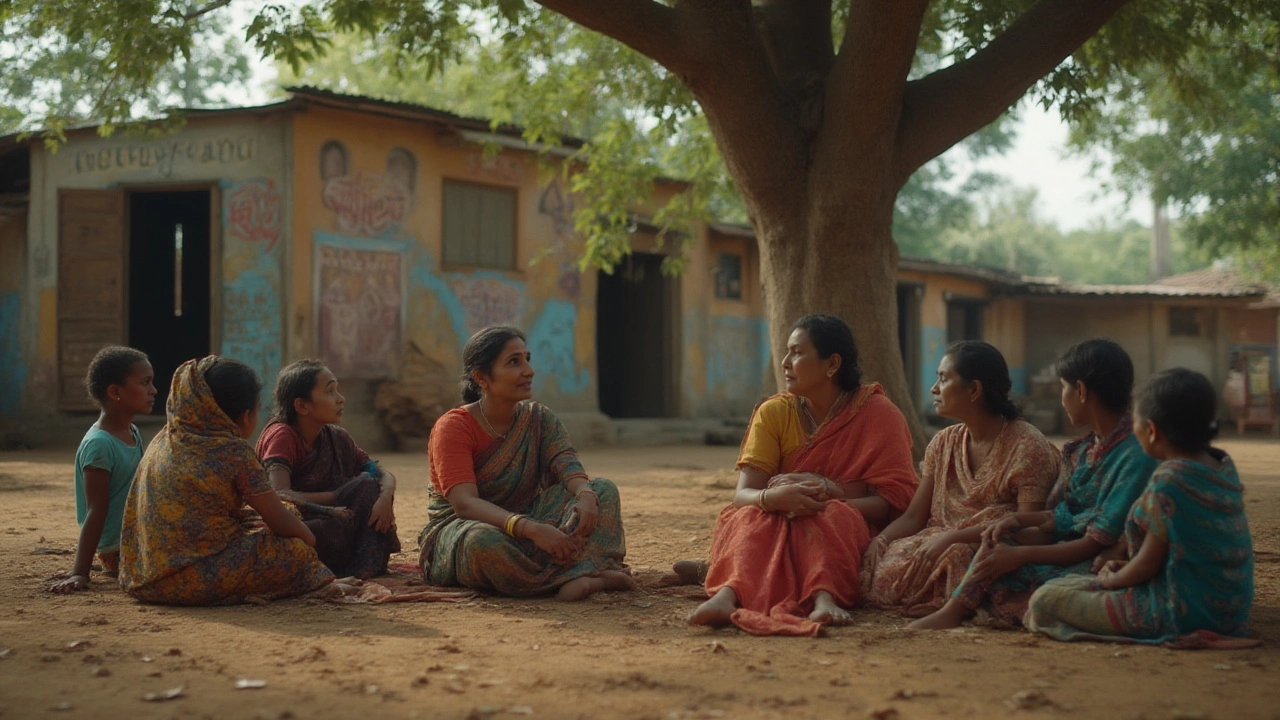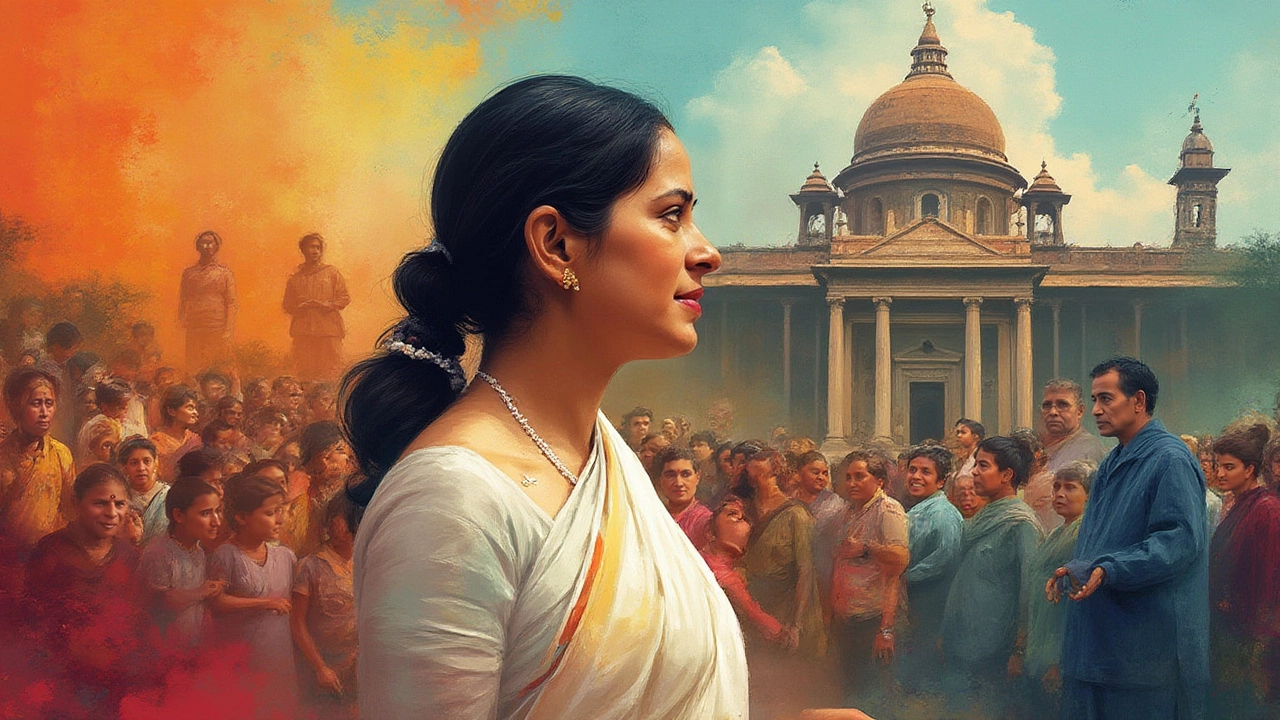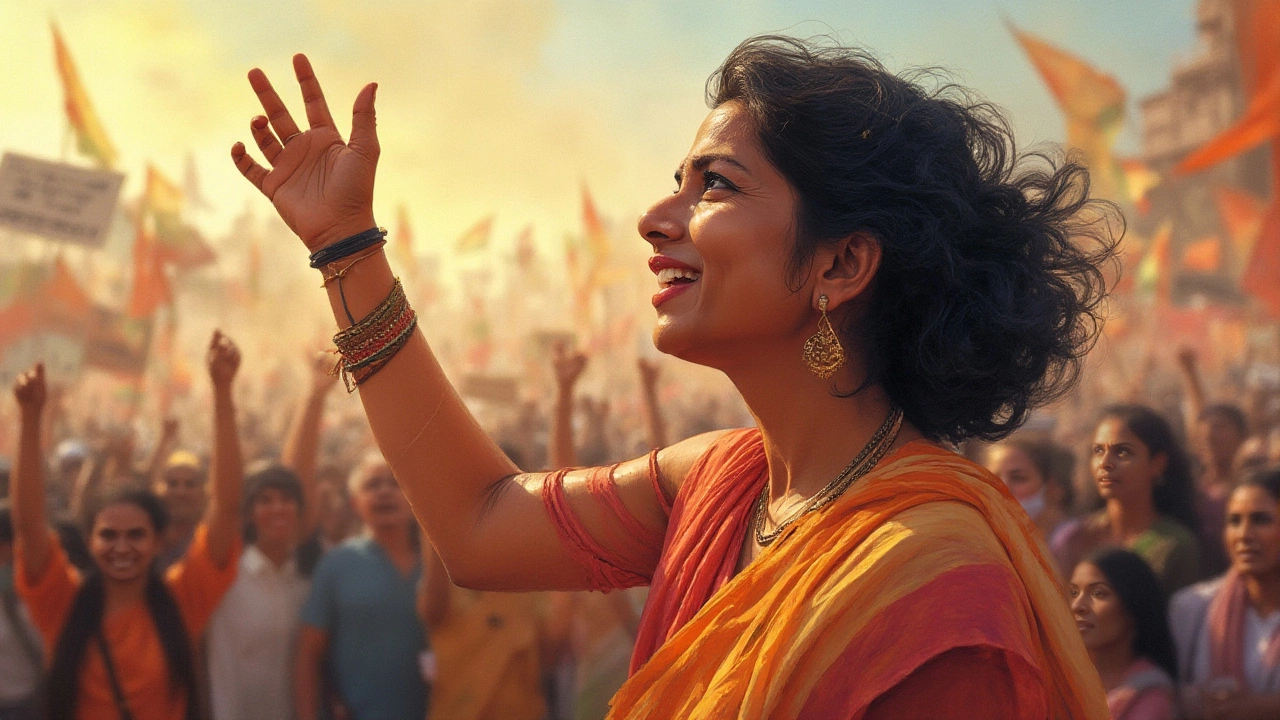Try picturing a world where people listen to you only after you scream your throat dry. Where your boldest ideas are ignored—just because you're a woman. Feels unfair, right? Yet some women go from being targets of ridicule to marching on the global stage, making their voices louder than any doubter. That's how the most famous female activist became a symbol for millions. Every movement needs a face, but the journey from being a regular person to a household name isn’t a smooth ride. Often, the world's most recognized female activist doesn’t start out with fame or fortune. She starts out with courage.
The Making of an Icon: Why We Remember Certain Female Activists
So, who actually holds the title as the most famous female activist? If you ask school students, many will shout "Malala" before you even finish your question. Malala Yousafzai’s story grabs attention because she stared danger right in the face—literally. She grew up in Pakistan, where going to school was risky business for girls. At age 15, she got shot in the head by extremists for demanding an education. Most people would shrink back and hide. But Malala did the exact opposite. She recovered, then went on to give speeches, write a best-selling memoir, and accept the Nobel Peace Prize, becoming its youngest-ever winner at 17.
But Malala isn’t famous just because something terrible happened to her. She’s famous because she did something after. That’s the vital difference between ordinary and iconic. The world cares when activists don’t turn pain into bitterness, but into action. They move from personal struggle to public fight. In Malala’s case, she set up the Malala Fund and now fights for girls’ education worldwide. Her story pops up in textbooks, movies, and even social media reels. Small girls in remote towns and huge cities alike now know that fighting for what's right can turn you from a target into a symbol. She’s a reminder: one brave voice can get millions to listen.
But Malala is just the latest chapter in a long book. Before her, names like Rosa Parks and Mother Teresa were plastered over newspaper headlines. Rosa Parks kicked off the U.S. civil rights movement by refusing to give up her bus seat because of the color of her skin. That brave act sparked protests and new laws. Mother Teresa, a small Albanian nun, became known worldwide for caring for the sick and dying in India. She wasn’t just a helper—she forced the world to see people it forgot. The details differ, but the pattern’s the same: they turn personal conviction into global inspiration.
One thing all these famous activists share? Relatability. They don't hide their flaws or pretend they're superhuman. Have you seen Malala on talk shows? She jokes about unfinished homework and her love for cricket. People connect with activists who are sincere and genuine. That’s how a regular teenager (or a soft-spoken nun, or an exhausted seamstress) becomes an icon. The media never stops talking about their work, but what really hooks people is their honesty—and their stubborn refusal to back down.
Fighting for Change: What Makes Activists So Famous?
The world is full of people who want change. But not everyone grabs headlines. So why do we remember names like Malala, Rosa Parks, or Greta Thunberg? For one, they take risks. Saying the truth out loud isn’t easy when there’s danger lurking outside your door—or, in Greta’s case, when millions online flood your inbox with hate for speaking about climate change.
Here’s the secret sauce: famous activists stick to their beliefs, even when nobody supports them. Gloria Steinem, a powerhouse for women’s rights, faced decades of insults and threats. Yet she kept showing up, writing, protesting, and organizing with unstoppable energy. Her work turned the feminist movement from a whisper to a roar. Another key factor is the moment itself. Sometimes, history meets a person. Think of Rosa Parks: she could’ve just moved seats. Instead, she chose to stand her ground—a single moment that lit a fire of protest across the United States.
This pattern keeps repeating. Some become famous in their countries, while others—like Malala—go global. Thanks to TV, books, and social media, modern activists can explode onto the world stage overnight. Their message cuts through, even when trolls try to drown it out. That’s how Greta Thunberg became a teen global superstar almost in a flash: she started skipping school alone for climate protests, then suddenly millions of kids across continents joined her on Fridays. A single tweet, a gritty selfie, or a viral video—they all can boost a cause, as long as the story is real and brave.
Another reason they stick in our minds? They turn complex problems into simple, clear ideas. Malala chants, "one child, one teacher, one book, one pen can change the world." Greta repeats: "Our house is on fire." Rosa Parks said no to racism in one simple act. Famous activists don’t just have good slogans—they turn those slogans into action, pushing laws and leaders to actually do something. This mix of relatability, risk, the right moment, and simple truth is the recipe for fame in activism.

Evolution of Activism: Female Voices Through History
Think activism began with hashtags or marches? It goes way back—hundreds, even thousands of years. Women have shaped history long before the news cameras showed up. In the late 1800s, Emmeline Pankhurst led the British suffragette movement, marching and even going to jail so women could vote. No Instagram, no TV. Just grit and stubbornness. Across the world, Indian freedom fighters like Kasturba Gandhi quietly organized women during British rule, making salt from seawater and spinning cloth in protest—tiny acts that shook empires.
Jump to the 20th century and we see new faces rise. Rosa Parks wasn’t the first woman to battle racial injustice in the United States, but her choice triggered the Montgomery Bus Boycott and inspired millions. The story pushed Dr. Martin Luther King Jr. and other civil rights legends into action. Around the same time, Mother Teresa was busy in the backstreets of Calcutta, turning compassion into a worldwide mission. Even today, her name is shorthand for selfless service. Each left a mark that’s impossible to erase.
The methods have evolved, but the heart of activism hasn’t. The 1960s brought marches and TV cameras, making faces famous almost overnight. Today? It’s about hashtags, viral posts, and livestreams. Malala’s bullet wound reached the world because of a BBC blog. Greta grabbed headlines thanks to TikTok and Twitter. Yet, even now, older-style activism—sit-ins, speeches, long court battles—hasn’t gone away. Modern activism blends old school courage with smart tech.
Big tip for anyone inspired by these women: study how they adapted to change. Pankhurst used newspapers and pamphlets, while today’s activists build campaigns on Instagram. The lesson? Use whatever tools work in your time. Today, making headlines can mean getting a trending hashtag instead of a newspaper article. But the risks and rewards? Still the same.
Qualities That Define Legendary Female Activists
There’s no secret club that makes someone the most famous female activist. But if you look closer, some classic traits always pop up. Grit tops the list—they just don’t give up. Even when Malala was hiding books under her pillow to fool the Taliban, she stayed stubborn. Rosa Parks’s simple “no” still echoes after decades because she meant it. Another quality: empathy. Famous activists don’t just talk about injustice—they feel it, and pull people into that feeling. Just look at how Mother Teresa cradled the dying in her arms. Or how Malala tears up for girls denied schooling, long after she’s safe in England.
Here’s where something surprising happens. Sometimes, being unpopular helps. Gloria Steinem was slammed for years. Greta Thunberg gets mocked daily—but she doesn’t change her message. They stick to their beliefs. And here comes another trait: they’re good at telling stories. Rosa Parks’s bus ride is now a children’s story. Malala’s schoolgirl diaries are read by millions. These stories move people. They spark hope—and action.
The best tip from their careers? Don’t wait for anyone’s permission. The most powerful activists saw problems others ignored and took matters into their own hands. They made allies—often from surprising places. Parks worked with white supporters, politicians, students. Malala has built bridges between girls in the West and those in warzones. If you want to follow in their footsteps, start by connecting. Listen, share, act. Don’t get discouraged by critics; use that heat to push forward.

What the Next Generation Can Learn From Legendary Female Activists
When you scroll social media or flip through a textbook, it’s easy to think activism is all about big speeches and medals. But if Malala’s journey teaches anything, it’s that activism starts with the stuff nobody notices. She wrote a secret blog under a fake name before anyone heard her real voice. Even today, the biggest changes begin with small, stubborn steps.
Fans of famous activists often ask: how do I make my voice matter? The answer isn’t as dramatic as you’d think. It’s showing up—even when you’re scared. It’s taking risks for someone else’s future, not your own comfort. Consider how Malala still visits refugees or how Greta Thunberg keeps traveling by train to lower her climate impact, not for the cameras but because it matches her values. True change doesn’t need fame, but fame helps amplify the message. If you care about a cause, look at how legendary activists use every tool—blogs, rallies, arts, speeches, smart partnerships.
The next generation will face fresh challenges. But the formula for impact—courage, persistence, and a pinch of stubborn hope—stays the same. Want to change something? Start in your local community and use technology to spread the word. Don’t get distracted by haters: Rosa Parks, Malala, and Greta all used criticism as fuel. The most famous female activist wasn’t born with a spotlight. She earned it—one step, one risk, and one brave word at a time. That’s something worth remembering the next time you wonder if one voice can matter. Spoiler: it can. Just ask Malala (or my dog Bella, who somehow always manages to speak up at the right moment—though usually for snacks, not justice).
